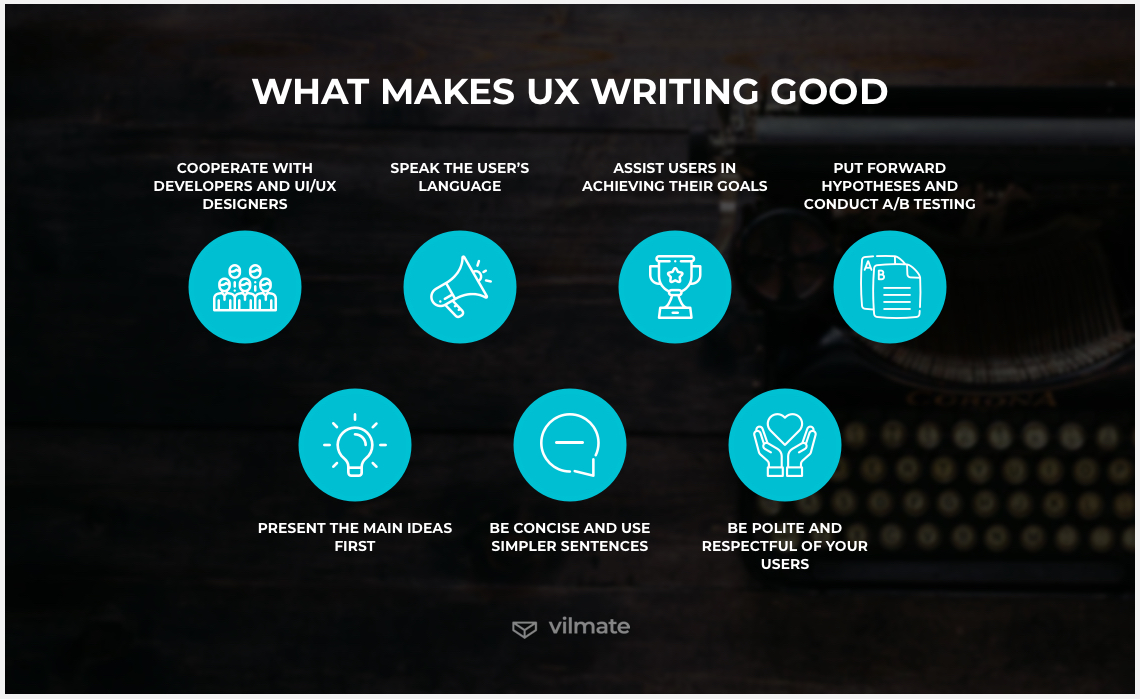
If you're interested in CSS Grid, this tutorial will help you set up cells and areas using code. To create areas, you will need to merge cells into a container using the "grid-template-areas" command. The name of the areas will be written in the cells, but you will have to bracket each line with "#" symbols. To make horizontal cells, you'll write "p".
Explicit gridlines
The syntax of the Explicit grid lines is not as difficult to understand as that of the implicit grid. The implicit grid is always defined as 200 pixels wide and 60 pixels high, irrespective of the container size. However, there is a way to make it flexible by using the minmax() function. This function allows you to place multiple items in the same grid cell. You can also use fit-content() to create complex grids.
Explicit grid tracks
Explicit grid tracks represent columns and rows of a table. The explicit grid is the first row, while the implicit grids are the second and third. Implicit tracks have dotted horizontal lines. Grid Inspector's green arrows point to the ends for explicit tracks. This makes it easy to identify the spaces between columns and rows and how to use them appropriately. The next CSS grid tutorial will cover implicit grids.

Explicit grid columns
You can set the column-groups for your CSS layout. Explicit grids behave exactly like implicit ones but can be used for more complicated layouts. An implicit grid respects the writing style. In languages that write from the right, the first line of a column will be on the left. The other option is to define the row-groups properties in your layout.
Explicit grid rows
While implicit grids are the default option for most cases, there are times when you will need to use explicit placing. Explicit grids are created by giving a track a size. This tutorial will cover implicit grids, explicit track and repeat notation. Continue reading to learn how you can use them in your own CSS. First, let's talk about the difference between implicit and explicit grids.
Explicit grid column-gap
In CSS, the row and column gap properties define how much space between columns in a grid layout. These are by default auto-sized. However, the row and column gap properties allow you to adjust the size of the gaps separately. Make sure you use a nonnegative value when defining these properties. This is an example of the column-gap property.
Gaps between grid rows
An explicit grid row gap allows you to specify the height of a column or row in CSS. The column and row gaps are invisible at the grid edges. The 'explicit' property sets these properties to a value in pixels. You can set a percentage or a custom value to these properties. 60px is default. For a more sophisticated solution, try a grid-auto-rows property.

Names of grid tracks explicit
This CSS grid tutorial will show you how to create grid track names. Names for the lines in your grid will be visible in the code, and you can also include them in the track listing. Repeat notation is a good option. If you want to include more than one line in the track listing, you can use col-a-start or col-b-start. Both can be used to select one line.
FAQ
Is web development difficult?
Web development can be difficult, but there are many online resources to help you get started.
It is as easy as finding the right tools for you and following them step by step.
YouTube and other platforms have many tutorials. You can also use free online software such as Notepad++, Sublime Text, etc.
Many books are also available in libraries or bookstores. These are some of the most well-known:
O'Reilly Media, "Head First HTML and CSS"
O'Reilly Media's Head First PHP and MySQL 5th Ed.
Packt Publishing: "PHP Programming to Absolute Beginners"
I hope that this article has been helpful to you.
Where can I find freelance web developers?
You can find freelance web designers and developers in several places. Here are some of the best options:
Freelance Sites
These websites offer job listings for freelancers. Some sites have very specific requirements while others do not care about what kind of work you do.
Elance, for example, offers high-quality jobs as programmers, graphic designers, translators and editors, project managers and many other positions.
oDesk also offers similar features, but focuses more on software development. They offer positions in PHP and Java, JavaScripts, Ruby, C++, Python, JavaScripts, Ruby, iOS, Android, as well as.NET developers.
Another good option is oWOW. Their site focuses primarily on web designers and graphic design. They also offer video editing services such as writing, programming SEO and social media management.
Forums online
Many forums let members advertise and post jobs. DeviantArt is a forum for web developers. You can search for "web developer" using the search bar to see a list threads in which people are seeking help with their websites.
How much do web developers make?
Working on a website yourself will likely earn you between $60 and $80 an hour. However, if you wish to charge more, you can become an independent contractor. An hourly rate of $150-200 could be possible.
Can I build my website using HTML & CSS?
Yes! If you've followed the steps, you should now be able create your website.
You're now familiar with the basics of creating a website structure. However, you must also learn HTML and CSS Coding.
HTML stands to represent HyperText Markup Language. It's like creating a recipe for a dish. You'd list ingredients, instructions, and directions. HTML can also be used to inform a computer if certain parts of text should appear bold, underlined and italicized. It is the language of documents.
CSS stands for Cascading Style sheets. It is like a stylesheet that you use to create recipes. Instead of listing each ingredient or instruction, you will write down the general rules for font sizes and spacing.
HTML tells the browser how a page should look; CSS tells it what to do.
Don't be afraid to ask questions if you don’t understand any of these terms. Follow these tutorials to create beautiful websites.
How Much Does It Cost to Make An Ecommerce Site?
It depends on which platform you choose, and whether the freelancer is employed directly or through a service provider. eCommerce websites start at about $1,000.
You can expect to pay between $5000 and $10,000 for a platform once you have decided.
You won't spend more than $5,000 if you are using a template. This includes any customization you need to make to fit your brand.
What types of websites should you make?
This question is dependent on your goals. You may choose to sell products online if you want to build a website. You'll need to build a robust eCommerce site to do this successfully.
Other popular types of websites include blogs, portfolios, and forums. Each type of website requires different skills. If you are looking to start a blog, then you need to know about blogging platforms like WordPress and Blogger.
Once you have chosen a platform, it is also important to determine how you can customize the appearance of your site. There are lots of free themes and templates available for each platform.
Once you've selected a platform to build your website, you can start adding content. Pages can include images, videos, text and links.
It is now possible to publish your new website online. Your site is now available for visitors to view in their browsers.
Statistics
- It's estimated that in 2022, over 2.14 billion people will purchase goods and services online. (wix.com)
- It's estimated that chatbots could reduce this by 30%. Gone are the days when chatbots were mere gimmicks – now, they're becoming ever more essential to customer-facing services. (websitebuilderexpert.com)
- Did you know videos can boost organic search traffic to your website by 157%? (wix.com)
- In fact, according to Color Matters, a signature color can boost brand recognition by 80%. There's a lot of psychology behind people's perception of color, so it's important to understand how it's used with your industry. (websitebuilderexpert.com)
- The average website user will read about 20% of the text on any given page, so it's crucial to entice them with an appropriate vibe. (websitebuilderexpert.com)
External Links
How To
What is website hosting?
Website hosting refers to where people go when they visit a website. There are two types.
-
Shared hosting – This is the most affordable option. Your website files reside on a server owned by someone else. When customers visit your site, their requests travel over the Internet to that server. The owner of the server then hands off the request to you.
-
Dedicated hosting - This is the most expensive option. Your website resides entirely on one server. There are no other websites sharing space on the server. Your traffic remains private.
Most businesses choose shared hosting because it's less expensive than dedicated hosting. You can use shared hosting if the company owns the server to provide the resources required for your website.
However, both have their advantages and disadvantages. Here are the differences:
The pros of shared hosting:
-
Lower Cost
-
Easy to Set Up
-
Frequent Updates
-
It can be found on many web hosting companies
Shared hosting is often as cheap as $10 per month. Keep in mind, however, that bandwidth is usually included in the price. Bandwidth refers the data that you can transfer over the Internet. You may have to pay extra for large amounts of data, even if your blog only contains photos.
You'll soon realize why your old host cost so much once you get started. Most shared hosts don't offer any customer support. While they may occasionally assist you in setting up your site and other tasks, after that you are all on your own.
It is important to find a provider that provides 24-hour support. They will help you deal with any issues that arise while your sleeping.
Hosting dedicated:
-
More Expensive
-
Less Common
-
Requires specific skills
With dedicated hosting you will have everything you need to manage your website. You won't have to worry about whether you're using enough bandwidth or whether you've got enough RAM (random access memory).
This means that you'll spend a bit more upfront. However, once you start running your business online, you'll find that you won't need much technical assistance. You'll be able to manage your servers effectively.
Which is better for my business?
The answer depends on what kind of website you want to create. If you are selling products, shared hosting may be the best option. It's easy to set up and maintain. A server shared with several other sites means that you will receive frequent updates.
If you want to create a community around a brand, dedicated hosting may be the best choice. You can put your efforts into building your brand, and not worry about how to handle your traffic.
Bluehost.com is the best web host for both. Bluehost.com offers unlimited monthly data transfers, 24/7 customer support, domain registrations free of charge, and a 30-day guarantee for your money back.